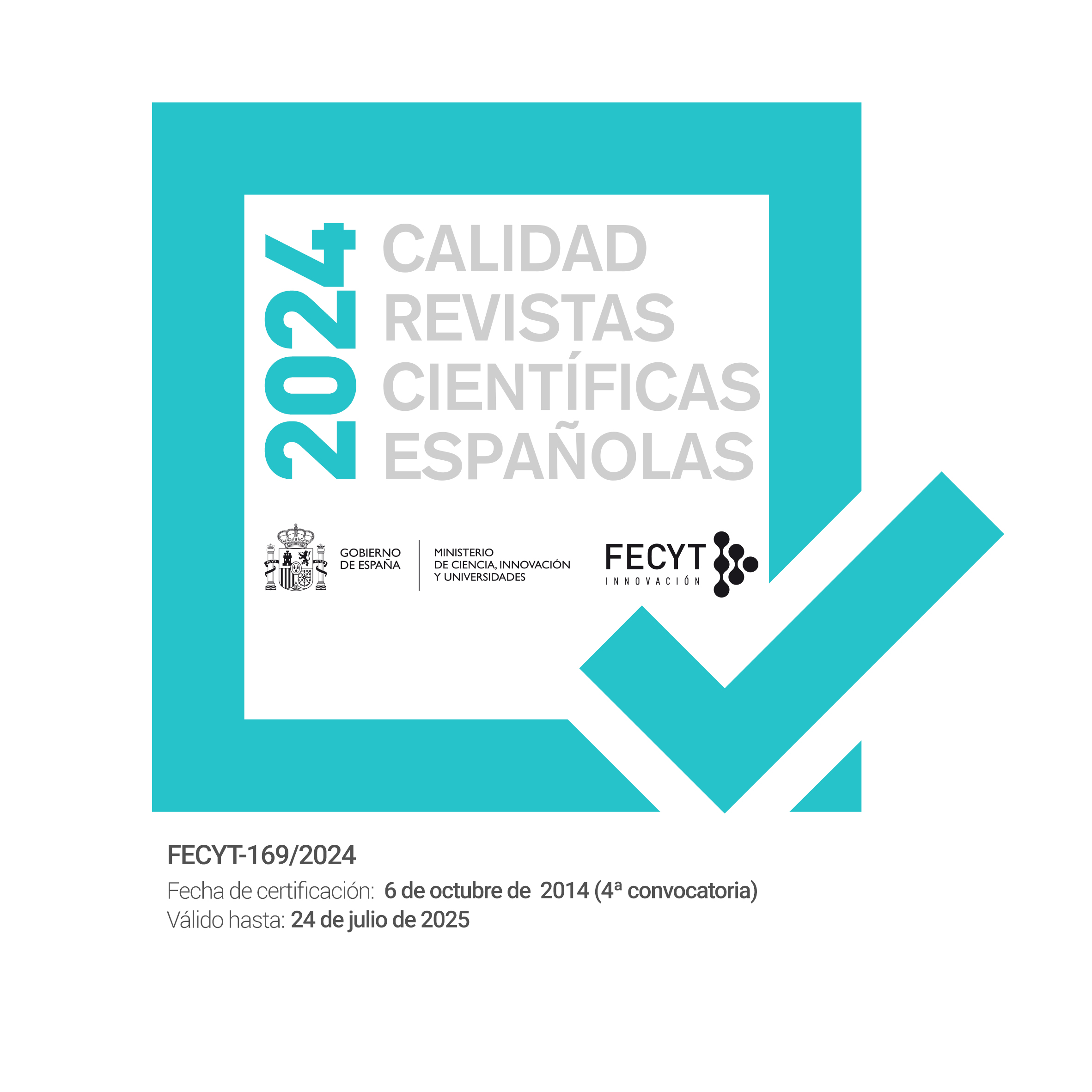Board games in the CLIL classroom: New trends in content and language integrated learning. Alexiou, T. & Karasimos, A. (Eds.) (2024). De Gruyter Mouton, 307 pages, ISBN: 978-3-111-00047-3
DOI:
https://doi.org/10.30827/portalin.vi44.31496Keywords:
-Abstract
The rise of Content and Language Integrated Learning (CLIL) as a dynamic pedagogical approach has led to the adoption of various innovative teaching methods aimed at optimizing its effectiveness. Among these, game-based learning stands out as a particularly promising technique, which harnesses the engaging and interactive nature of games to boost both language acquisition and content mastery. Despite its considerable potential, there remains a significant gap in research regarding the effectiveness and implementation strategies of game-based CLIL (Lister, 2022; Prakash & Spoorthi, 2022). This gap underscores the urgent need for investigation to fully understand its impact and establish best practices to ensure that educators can maximize the benefits of this approach in diverse learning environments. The book, Board Games in the CLIL Classroom: New Trends in Content and Language Integrated Learning, edited by Thomai Alexiou and Athanasios Karasimos, serves as a timely response to this need by exploring the innovative use of board games within CLIL settings.
Downloads
References
Anggraini, N. S. S., Munir, A., & Purwati, O. (2023). The implementation of CLIL at primary school: Teacher’s perspectives and challenges. DUKASIA: Jurnal Pendidikan Dan Pembelajaran, 4(2), 991–1000. https://doi.org/10.62775/edukasia.v4i2.381
Habeb Al-Obaydi, L., Pikhart, M., & Shakki, F. (2023). Digital gaming as a panacea for incidental L2 acquisition in an EFL context. Applied Research on English Language, 12(1), 73–94. https://doi.org/10.22108/are.2022.135344.2001
Lister, S. (2022). Gamifying CLIL: Unlocking the potential of game-based learning. In C. A. Huertas-Abril, E. Fernández-Ahumada, & N. Adamuz-Povedano (Eds.), Handbook of research on international approaches and practices for gamifying mathematics (pp. 1–20). IGI Global. https://doi.org/10.4018/978-1-7998-9660-9.ch001
Prakash, J. R., & Spoorthi, B. (2022). Gamified content and language integrated learning approach (CLIL): An innovative approach for effective language teaching and learning. In N. Dutta & Shenoy, M. V. (Eds.), Proceedings of the International Conference on Best Innovative Teaching Strategies (pp. 141–145). Macmillan Education. https://doi.org/10.2139/ssrn.4027358
Sari, A., Rachmajanti, S., & Anugerahwati, M. (2024). The impact of CLIL on students’ English skills and competences in primary school. Journal of English Education and Linguistics Studies, 11(1), 405–427. https://doi.org/10.30762/jeels.v11i1.2606
Wang, A. (2023). Understanding bilingualism, bilinguality, and bilingual education in an era of globalization. IGI Global. https://doi.org/10.4018/978-1-6684-4869-4
Downloads
Published
How to Cite
Issue
Section
License
Copyright (c) 2025 Hengzhi Hu

This work is licensed under a Creative Commons Attribution 4.0 International License.



















